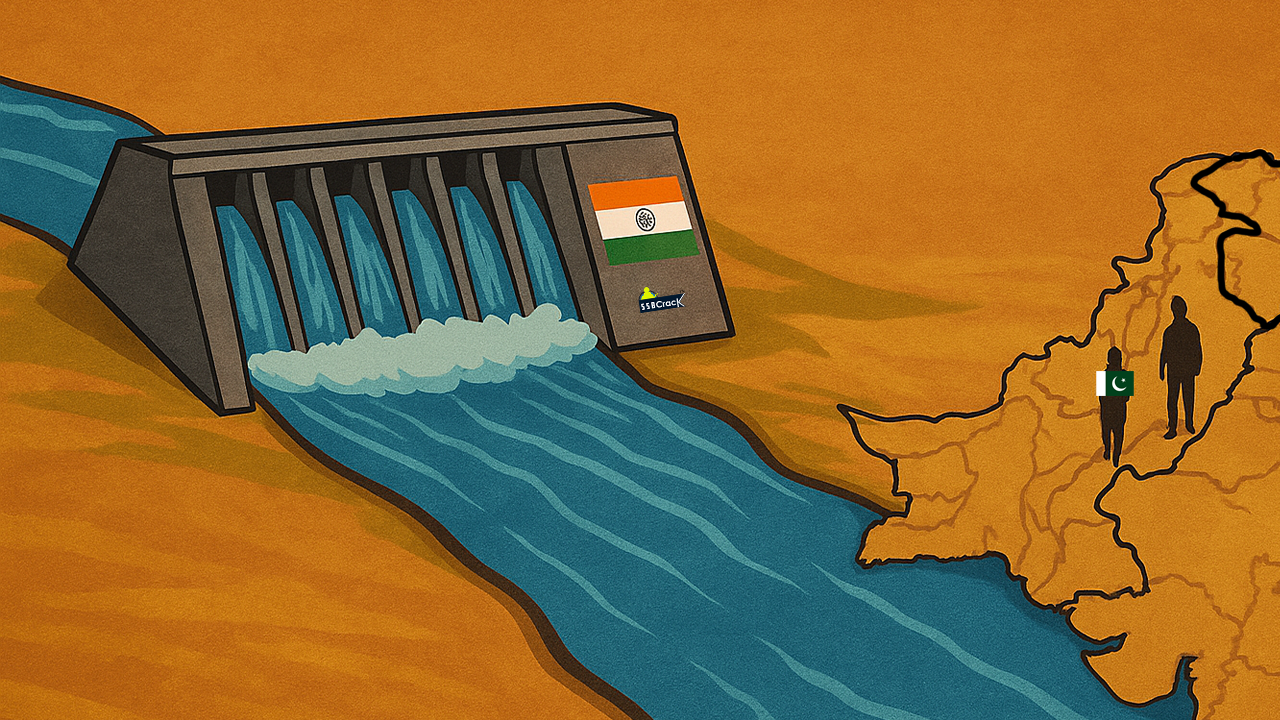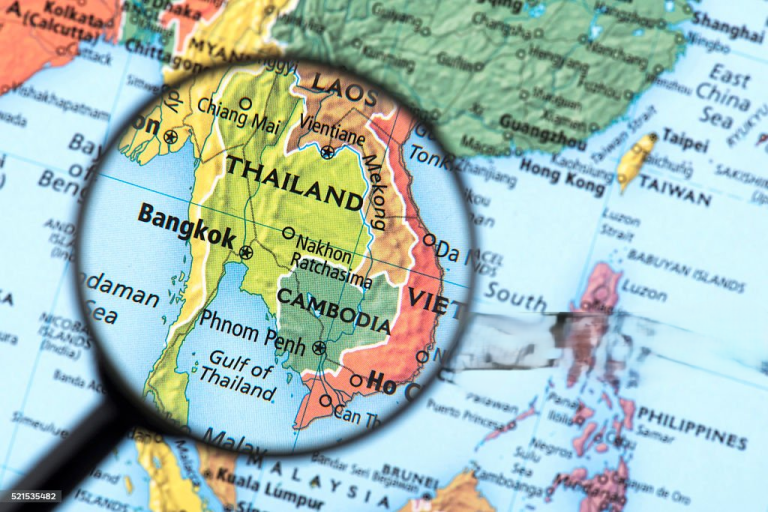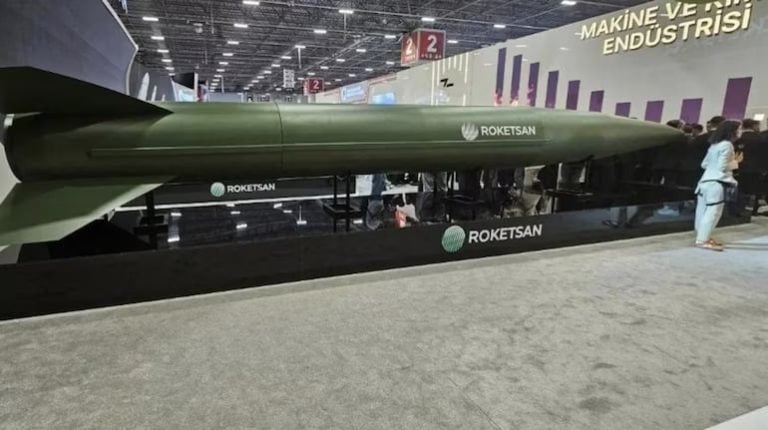In a significant and historic escalation of tensions between India and Pakistan, India has suspended the Indus Waters Treaty (IWT) of 1960 following a terror attack in Pahalgam that claimed the lives of 26 civilians. This unprecedented step sends a strong message: the flow of blood and water can no longer coexist harmoniously in the region.
The suspension of this treaty allows India to exert greater control over the Indus River system, particularly the western rivers—Indus, Jhelum, and Chenab—originally allocated for Pakistan’s unfettered use. The IWT, which was established to resolve disputes over water-sharing between the two nations, recognized India’s rights over three eastern rivers (Ravi, Beas, and Sutlej) while giving Pakistan dominion over the western rivers.
Under the treaty, India is obliged to allow water from the western rivers to flow into Pakistan, subject to limited use for domestic and non-consumptive purposes, irrigation, and hydroelectric projects that do not significantly alter the water flow. The arrangement has historically been viewed as a robust mechanism for water-sharing, surviving multiple conflicts and periods of strained relations between the two countries. Nevertheless, the treaty has faced ongoing scrutiny concerning India’s hydroelectric projects on the western rivers, which are vital for Pakistan’s agricultural sector and rural livelihoods.
In light of the suspension, India plans to implement various measures that could significantly affect Pakistan’s water supply. These include leveraging existing and planned infrastructure projects designed to either capture or redirect water from flowing into Pakistan. Key projects include the Kishanganga Hydroelectric Project, which has been completed, and other significant initiatives like the Ratle Hydroelectric Project and the Tulbul Navigation Project, both pivotal in regulating water flow.
India’s operational strategies in the absence of the IWT include potentially flushing reservoirs to disrupt Pakistan’s irrigation timings, withholding hydrological data crucial for flood management, and barring Pakistani inspections of hydro projects. Furthermore, India may pursue tunnel-based water diversion strategies that move water from the western rivers designated for Pakistan to its eastern rivers.
While the IWT cannot be unilaterally terminated by India under its own terms, its current suspension signals a substantial shift in how the treaty may function. Article XII of the treaty requires mutual consent for any cancellation, thus leaving India’s position somewhat tenuous from a legal standpoint. However, because India is not a signatory to the Vienna Convention on the Law of Treaties, it navigates this complex landscape by selectively referencing clauses of the IWT as part of customary international law.
The implications for Pakistan could be dire, given that over 80% of its irrigated agriculture relies on waters from the Indus basin. Disruption during critical sowing seasons could lead to catastrophic losses in staple crops like wheat and rice. Urban areas such as Lahore and Karachi that depend on the Indus for drinking water may also face severe shortages, resulting in potential public health crises.
Pakistan’s options to respond are limited. It could seek dispute resolution through the Permanent Indus Commission, but India’s current stance may sidestep arbitration processes similar to its approach in previous disputes. Internationally, Pakistan might appeal to global bodies like the UN or the International Court of Justice, yet these institutions lack jurisdiction over the treaty without mutual agreement between both countries.
India’s move to pause the IWT signals a shift towards using water as a strategic leverage point in regional geopolitics, coinciding with longstanding frustrations over cross-border terrorism. As India strengthens its infrastructure capabilities, the consequences for Pakistan may extend beyond diplomatic disagreements, deeply impacting agricultural productivity, urban water security, and overall economic stability. The enduring tension underscores a new era in India-Pakistan relations, marked by the tactical use of water as a tool of statecraft.



















